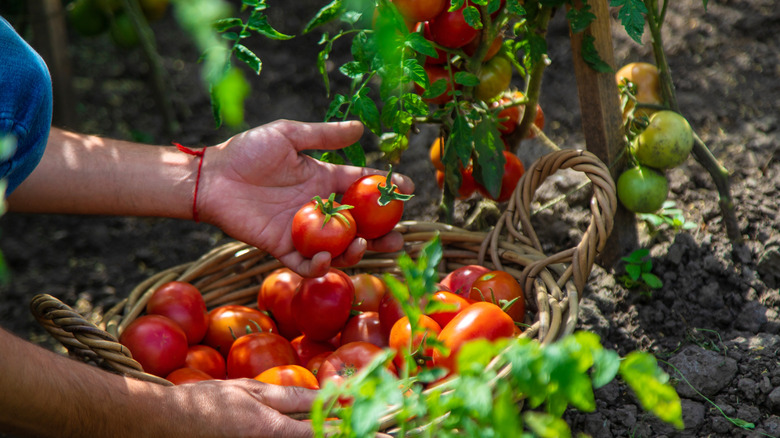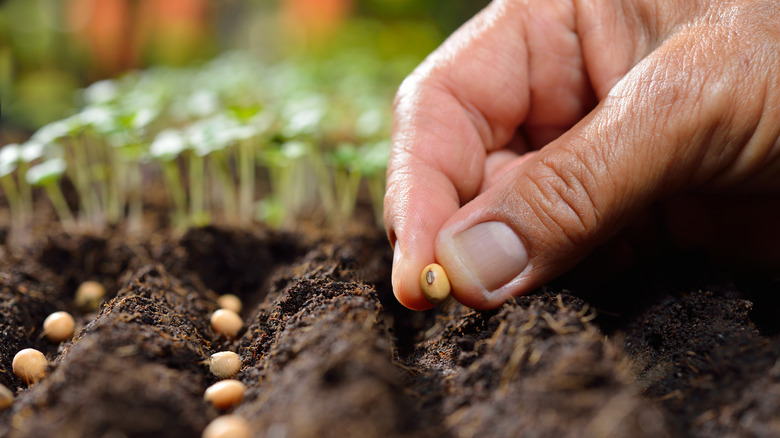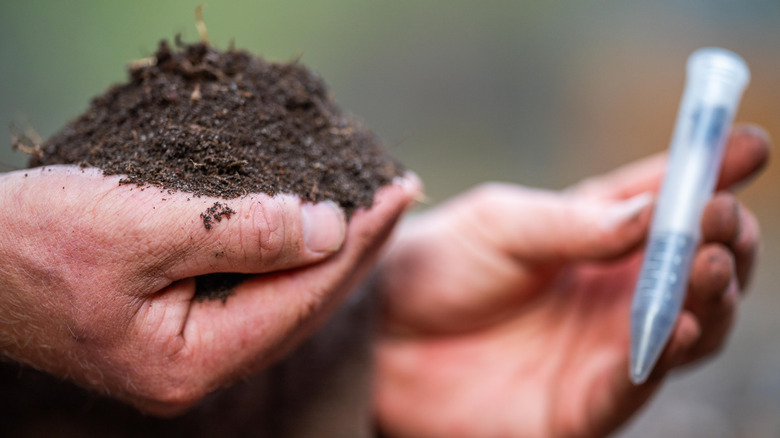What Is A Bumper Crop & And How Can You Achieve One In Your Own Garden?
Gardeners are always trying to get more out of their plants. So, getting an extra large harvest is like a dream come true. A bumper crop is a term commonly used in agriculture and gardening to describe the harvest of a specific crop that is considerably larger than normal. To know if you've gotten a bumper crop, you can look at your previous garden hauls and compare it with what you're bringing in this year. But how do you achieve such a crop?
Well, there is no one single trick that will increase the bounty from your garden. Instead, you need to focus on growing a healthy garden and creating ideal growing conditions for your desired crop. The work has to begin before you even plant the seeds in your soil. In addition, you need to develop a thorough understanding of the foundational elements that lead to healthy and thriving plants. This includes understanding soil fertility, climatic conditions, stress from pests and diseases, as well as species selection and best horticultural practices. Get these right and your plants will produce a yield that is worth bragging to your friends about.
Species and climate play a role in growing a bumper crop
Choosing the right variety is one of the first and most important steps in growing a bumper crop. Plant breeders work hard to develop varieties with specific traits such as high yield, disease and pest resistance, stress-tolerance, as well as enhanced nutritional value. Picking a good-quality, disease-resistant variety improves yield and also helps reduce crop losses and costs. Also, make sure that you match your carefully selected plant variety with the local climate.
Every plant is unique and has specific requirements for sunlight, water, and nutrients. When given the right conditions, it will stay healthy, grow well, and may even produce a bumper crop. And, it's not just the weather in your region that matters. The microclimate in your home garden can also influence your harvest. It is a variation in temperature, light, or moisture conditions across a small area that differs from the surrounding region.
For instance, if you grow your plants in a spot near a wall or under a balcony, it might be shady and get chillier than the surrounding area as shade can lower the air temperatures by as much as 15 to 20 degrees Fahrenheit. Not getting enough sunlight and being in the cold can reduce your plants' production and decrease your chances of achieving a bumper crop.
Work from the ground up by fixing your soil
A bumper crop is built from the ground up, so test your garden's soil. It will provide you with more helpful information on your soil's conditions than any other resource. This will allow you to make informed choices about how to improve your soil and what fertilizers to use. The growth and yield of a plant depend greatly on available nutrients in the soil, as well as how efficiently the roots can absorb them. However, in some instances, even when the soil has all the essential nutrients, the roots won't be able to pick them up. For example, pH imbalances.
If the soil's pH goes too far in either direction, certain nutrients become unavailable to plants. Nevertheless, once you fix the soil, you can go ahead and put the plants in. And, to maximize your chances of getting a bumper crop, make sure you space the plants correctly. Plants grown too close together will compete for resources, and plants placed too far from each other will invite weeds — both of which ultimately effect your crop's yield.
Similarly, maintain a consistent watering schedule based on what you're growing. Adequate soil moisture not only increases the yield and quality of a crop but also helps maintain soil fertility. If you live in a water-scarce area, you can use an organic or inorganic mulch to help retain water in the soil. Also, implementing proactive pest and disease management through integrated pest management can help keep your plants healthy and achieve a bumper crop.


